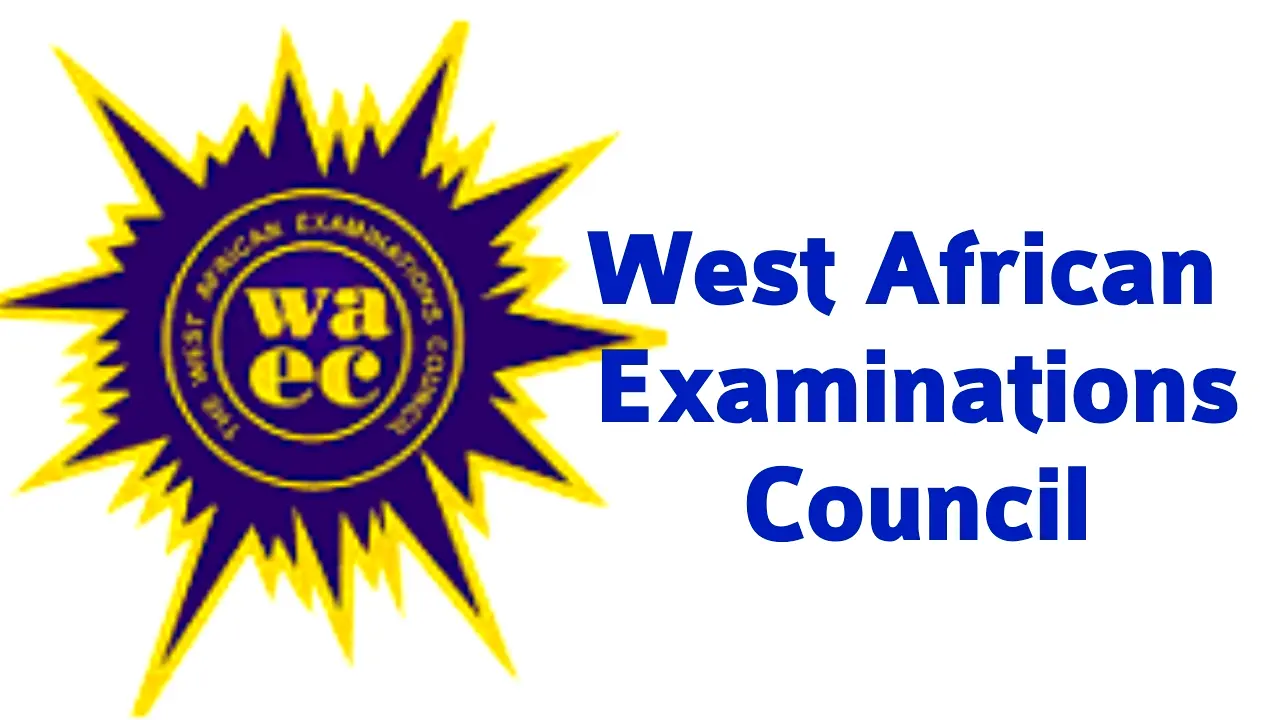The WAEC syllabus for Leather Goods Manufacturing is the topic you must study to sit for the examination. It contains the aims and objectives, notes and format for the Leather Goods Manufacturing exam.
Studying a Leather Goods Manufacturing subject is necessary for your exam preparation. It will serve as a guide for you to know the topics to read. There are also notes on concepts you should pay attention to learning.
Exam preparations without using the Leather Goods Manufacturing are like going to the farm without your agricultural tools. You will end up not being productive.
Ensure you begin your exam preparations using the syllabus.
This post contains the Leather Goods Manufacturing and recommended textbooks of the West African Examination Council (WAEC).
WAEC Leather Goods Manufacturing
LEATHER GOODS MANUFACTURING
The Leatherwork course focuses on the techniques, aesthetics and business of leather goods manufacturing. Candidates are also expected to demonstrate their knowledge in the use and maintenance of the materials, tools and equipment involved.
Leather Goods require candidates to demonstrate their knowledge and skill on the production of footwear, bags and other leather goods.
Scheme of Examination
SCHEME OF EXAMINATION
There will be three Papers: Papers 1, 2 and 3 all of which must be taken. Papers 1 and 2 will be taken in one sitting.
Paper 1: Will consist of forty multiple choice objective questions to be answered within 60 minutes for 40 marks.
Paper 2: Will consist of six essay-type questions, out of which candidates will be required to answer four within 2 hours for 60 marks.
Paper 3: This practical paper shall be called Leather Craft and it is a compulsory paper that seeks to evaluate the practical ability of candidates in designing and production of functional leather goods, based on inspiration from the environment and culture.
The paper, which will last for 4 hours, has 3 (three) alternatives (A, B and C) and candidates are to attempt one only. The question paper shall be given to candidates two weeks before the actual date of examination. This is to enable candidates make necessary preparation.
However, the project shall be executed in the examination hall, under the supervision of an Examiner to be engaged by the West African Examinations Council (WAEC).
Candidates are expected to present preliminary sketches and notes enunciating the rationale behind design and production. It should be noted that Schools are expected to provide the necessary materials, tools and equipment for this Paper.
WAEC Goods Manufacturing Syllabus
The examination will cover all aspects of the teaching syllabus, both the theory and the practical sessions, and shall include the following:
1. INTRODUCTION TO LEATHER CRAFT
(a) Meaning of Leather craft.
(b) Importance of Leather craft.
(c) Preparation of Leather.
(d) Types of Leather goods or products.
2. FOOTWEAR MANUFACTURING
(a) Components of footwear.
(b) Differences between men’s and ladies’ shoes.
(c) Materials, tools and equipment for footwear design and production.
(d) Pattern cutting.
(e) Clicking, Skiving and Folding.
3. LEATHER GOODS
(a) Types of leather goods.
(b) Functions of leather goods.
(c) Influence of social habits, fashion and price on the design and production of leather goods.
(d) Design Illustration and Pattern making.
4. MATERIALS, TOOLS AND EQUIPMENT
(a) Materials. e.g. leather, fabric, rubber, adhesives, etc.
(b) Tools. e.g. knives and shears, hammer, mallets, punches, awl, beveller, skivers, etc.
(c) Equipment. e.g. Sewing machine, sole trimmer, leather cutter, splitter, sanding, spraying/polishing machine, etc.
(d) Description, use and care of tools and equipment.
(e) Safety measures in leather goods production
5. SEWING MACHINES
Types and functions of Sewing machines.
Operation of sewing machines.
Stitch formation / stitching.
Methods of stitching.
6. LEATHER GOODS DECORATION AND FINISHING
(a) Techniques of Decorating
(i) stamping
(ii) stitching
(iii) carving
(iv) spraying
(v) embroidery
(vi) appliqué
(vii) dyeing, etc.
(b) Finishes and Finishing
(i) Meaning of finishing.
(ii) Importance of finishes and finishing.
(iii) Types of finishes.
7. THE BUSINESS OF LEATHER DESIGN AND PRODUCTION
- Location
- Funding
- Purchasing and supplies of materials
- Pricing/negotiation
- Merchandising
- Advertising/publicity
- Marketing and selling
- Fund management.
List of Facilities and Major Equipment/Materials Required
Footwear Manufacture and Repairs
Equipment
- Flatbed sewing machine
- Post bed sewing machine
- Zigzag machine
- Perforating machine
- Stamping machine
- Spraying machine (with cylinder)
- Embossing machine
- Sole roughing or grinding machine.
Tools
- Pattern knives
- Cutting knives
- Awls
- Hammers
- Nail removers
- Sharpening stone
- Lasting pincers
- Clicking boards
- Eyelet pliers
- Tape rules
- Adhesives
- Set of adult plastic Last (from size 40 – 45)
- Set of ladies plastic Last (from size 34 – 43)
- Set of children plastic Last (from size 22 – 39)
- Hand punching pliers
- Iron Last
- Cutting board
- Screw drivers
- Pliers
- Expansion Last
- Scissors
- Zigzag Scissors
Bag Manufacturer and Repairs
Equipment
- Post bed machine
- Flat bed machine
- Guides
- Gadgets
- Skiving machine
- Splitting machine
Tools
- Scissors
- Zigzag scissors
- Gums and adhesives
- Tape rules
- Eyelet pliers
- Pattern knives
